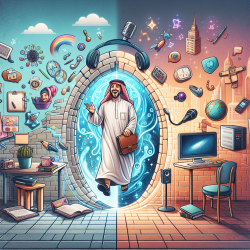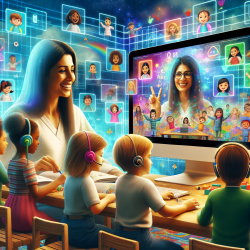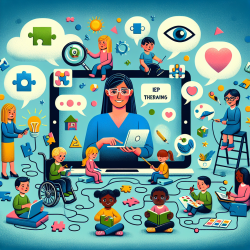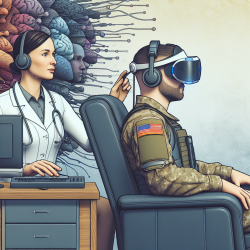In the realm of speech-language pathology, the quest for innovative and effective tools for therapy and education is ongoing. The introduction of CD-ROM Living Books into the therapeutic environment offers a promising avenue for enhancing language development and literacy skills. This article explores the potential benefits of integrating CD-ROM Living Books into speech-language pathology practices, drawing on insights from a special section on computer use in language assessment and intervention.
The proliferation of computer technology in educational and therapeutic settings has opened new doors for speech-language pathologists (SLPs). Among the myriad of software options, CD-ROM Living Books stand out for their unique blend of entertainment and educational value. Originally designed for children's entertainment and literacy development, these interactive storybooks have the potential to be repurposed for therapeutic use in speech-language pathology.
One of the primary challenges identified by Cochran and Masterson (1995) in the integration of computer technology into language therapy is the limited access to computers and lack of training among clinicians. Additionally, a knowledge gap regarding beneficial programs poses a barrier to the effective use of technology. CD-ROM Living Books, with their user-friendly interface and engaging content, offer a solution to these challenges.
Benefits of CD-ROM Living Books in Speech-Language Therapy
- Interactive Learning: The interactive nature of Living Books allows children to engage actively with the story, promoting better retention and understanding of language concepts.
- Customizable Content: SLPs can tailor the use of these books to target specific language goals, such as vocabulary expansion, narrative skills, and comprehension strategies.
- Engagement and Motivation: The animated stories and characters captivate children's attention, making therapy sessions more enjoyable and motivating.
- Accessibility: These programs are accessible to children with various learning styles and abilities, including those with special needs.
- Parental Involvement: CD-ROM Living Books can be used at home, encouraging parental involvement in the child's language development process.
Implementing CD-ROM Living Books into therapy requires a thoughtful approach. SLPs should consider the individual needs and goals of each child, selecting stories that align with their therapeutic objectives. Additionally, integrating these tools into a comprehensive therapy plan, rather than relying on them exclusively, will yield the best outcomes.
Despite the potential benefits, it is essential to acknowledge the limitations of relying solely on technology for language development. A balanced approach that combines traditional therapy methods with innovative tools like CD-ROM Living Books is advisable. Furthermore, continuous evaluation of the child's progress and engagement with the software is crucial to ensure its effectiveness.
In conclusion, CD-ROM Living Books offer a valuable resource for speech-language pathologists seeking to enhance their practice with engaging and educational technology. By leveraging these tools, SLPs can provide a more dynamic and interactive learning experience for children, potentially improving language development outcomes. As the field of speech-language pathology continues to evolve, the integration of technology will play a pivotal role in shaping future therapeutic approaches.
To explore the potential of CD-ROM Living Books further and to consider their application in speech-language pathology, it is beneficial for practitioners to engage with the original research and resources available. CD-ROM Living Books.










